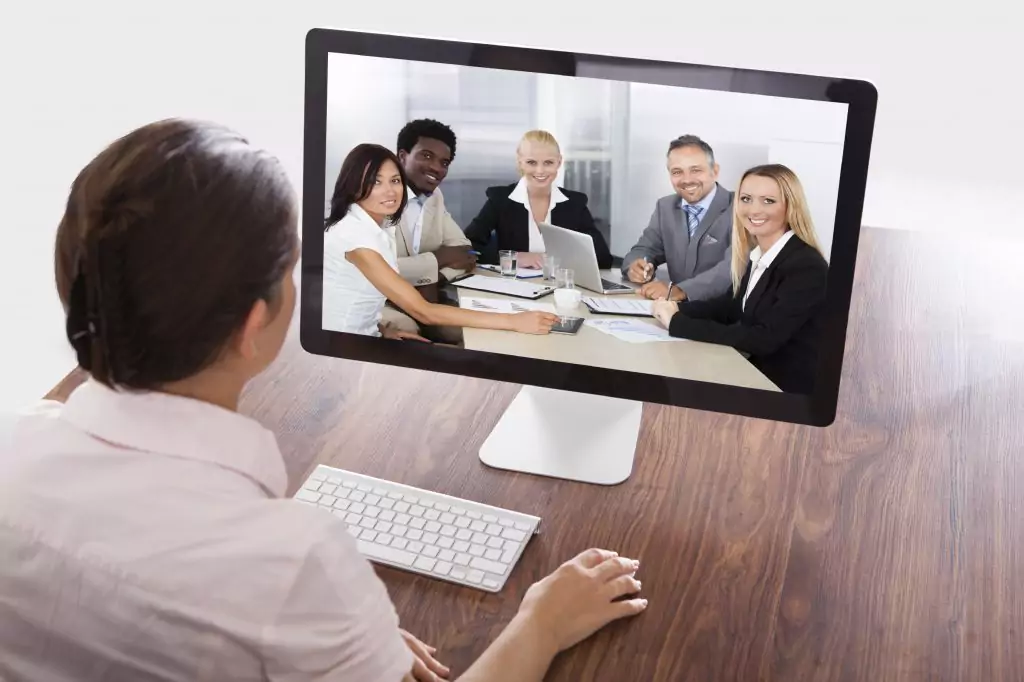How to Bolster Training Through Webinars

The webinar can be one of the greatest corporate tools at your disposal, particularly when it comes to training.
For many organizations, the primary worry they may face when moving from traditional classroom and on-the-job training to something that’s more focused on the use of a learning management system (LMS), is the fact there’s a lack of that human connection and little opportunities to collaborate, ask questions and create a dialogue conducive to the learning process.
One important way this issue is tackled is through the use of webinars.
Defining Types of Webinars
You may not even be aware of this, but there are different types of webinars you can design and the route you take is often going to depend on your audience, your resources and your goals.

One of the most commonly used webinar styles is instructor-led, also called didactic, which is based on classic education and teaching methods. This is most often the style used in traditional in-person classroom settings and it involves a reliance on presenting facts and information in a straight-forward way.
This type of webinar-based training is guided by the instructor, and the format is most similar to a lecture, like what you would see in a large college classroom.
Despite the fact didactic-style webinars tend to be focused on the facts, this doesn’t mean the instructor can’t also include a variety of visuals to reinforce presented information.
On the other end of the spectrum are webinars where the primary focus is engagement of the learners. Rather than focusing on a webinar that just presents facts and is wholly guided by the instructor, in a webinar where engagement is the focus, the learner can also direct at least a portion of the training process. With this type of webinar there’s a lot of possible back-and-forth dialogue between the instructor and students, and it also gives the opportunity to utilize some of the technological capabilities that come with webinars, like polling and whiteboards.
Finally, the third common webinar style is the one in which the learners almost entirely guide the process and the instructor serves as more of a coach.
This can be the preferred method when the learner is being trained to use a specific tool, such as a type of software, making it one of the top options when training technology and SaaS professionals.
Webinar Tips for Success
If you’re considering incorporating a webinar into your multimedia training for employees, there are some things to consider that can help you be more successful with the implementation:
- Be mindful when deciding on the type of format you want to utilize for your webinar. If you’re going to have to train a very large number of people that also may come from diverse locations or backgrounds, the instructor-led training is likely to be most effective. Otherwise the webinar training can become bogged down by interactions and questions from a large audience, and the main message may be lost. On the other hand, if you’re training a small number of workers, you may want to consider making the most of various engagement training techniques and tools available.
- Map out your webinar session before you begin. A good webinar is one that’s planned and has some sort of design and structure, even if you’re planning on letting your employees do much of the leading.
- Focus on visual representations throughout your webinar. Don’t leave out the visuals and choose them wisely. A good webinar should reinforce concepts through the visuals, so don’t save the selection of these components as an afterthought—these images will play a big role in how engaging and effective your webinar is.
- Polls can be a really useful thing to use in your webinar training. You can use polls in a variety of ways in webinar training—from the start of a session to gauge the level of knowledge your audience already has about a particular subject, to ensuring your audience is engaged and comprehending the material throughout.
Have you used webinars in your training? If so, what are your tips to make sure your audience is getting the most from the experience?